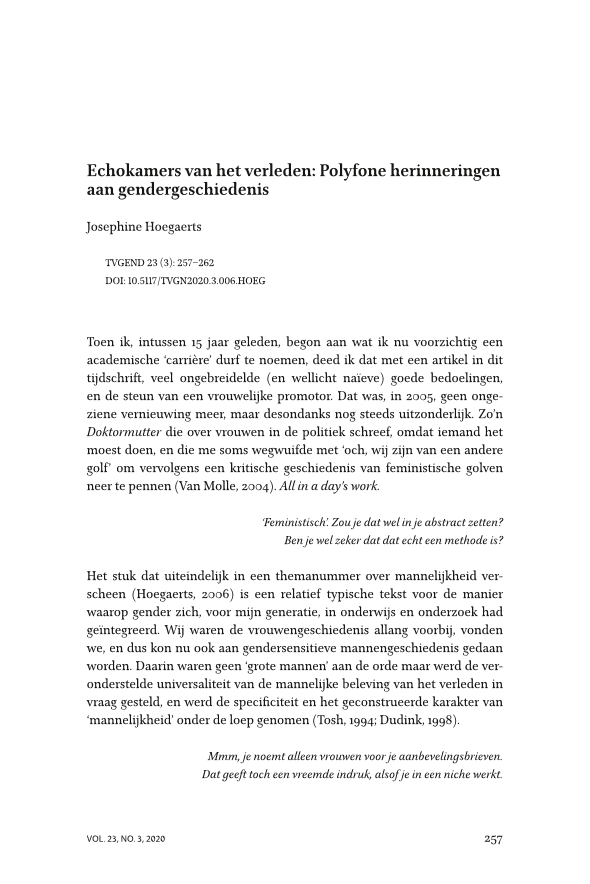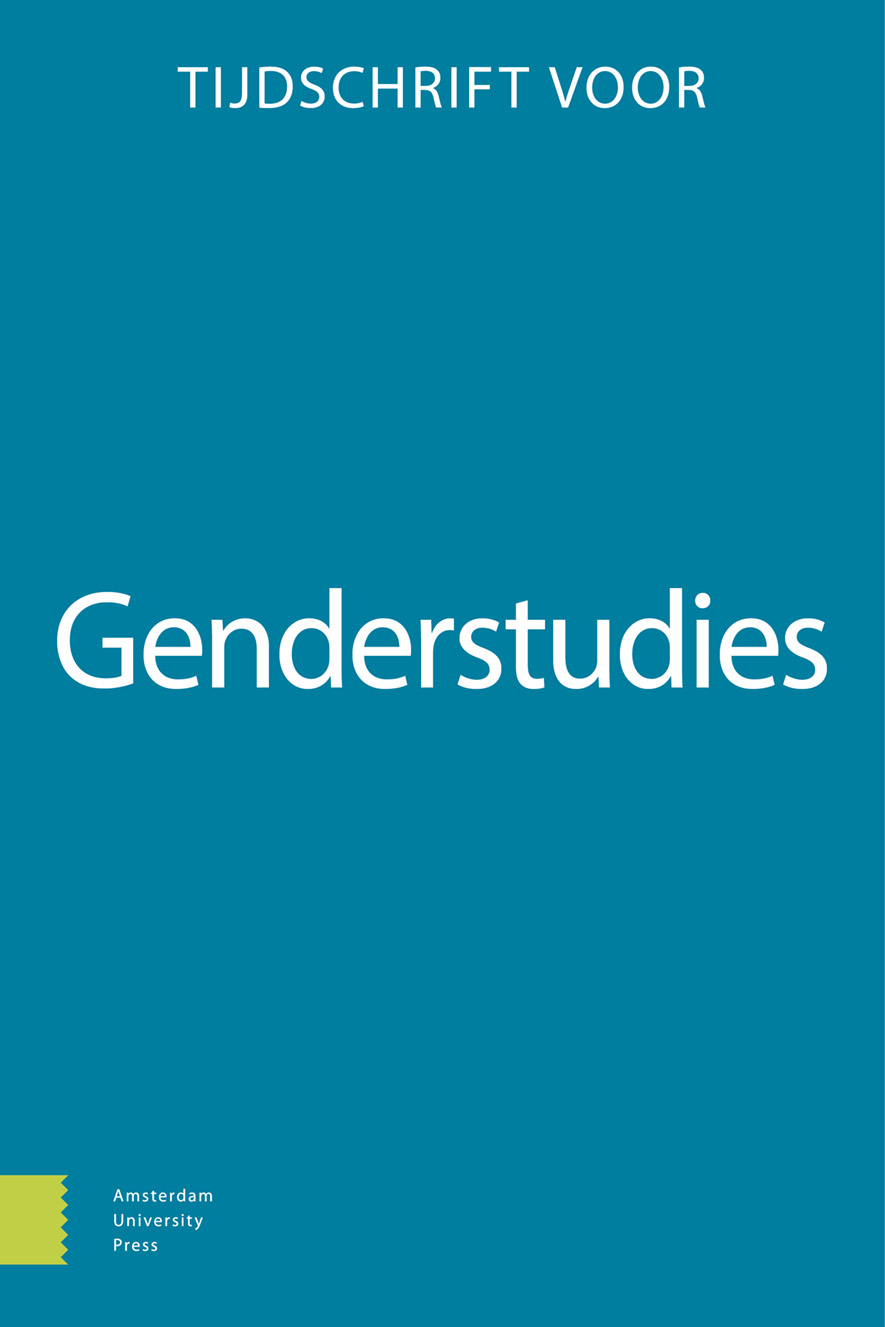-
OAEchokamers van het verleden: Polyfone herinneringen aan gendergeschiedenis
- Amsterdam University Press
- Source: Tijdschrift voor Genderstudies, Volume 23, Issue 3, Sep 2020, p. 257 - 262
-
- 01 Sep 2020

Echokamers van het verleden: Polyfone herinneringen aan gendergeschiedenis, Page 1 of 1
< Previous page | Next page > /docserver/preview/fulltext/13883186/23/3/09_TVGN2020.3_HOEG-1.gif
There is no abstract available.

Article metrics loading...

Full text loading...
References


